Feeling overwhelmed by the extensive range of leather options available? This comprehensive guide is crucial for making informed decisions about various leather products. Each type of leather offers unique benefits tailored for specific uses, from the luxurious softness of calfskin to the exceptional durability of full-grain leather. By understanding the distinct characteristics and origins of high-quality leather, you can ensure that your choice enhances the longevity and performance of your items. This guide is crafted to assist you in identifying the most suitable leather type for your needs, whether you are shopping for shoes, jackets, or accessories. Remember, poor leather selection can lead to premature wear and financial loss, so let's explore the various types and their ideal applications.
Discover the Various Types of Leather and Their Distinctive Features
The vast selection of leather types available each possesses unique properties and applications, particularly in the field of footwear manufacturing. Below is a detailed overview of the characteristics that set each leather type apart:
| Leather Type | Main Characteristics |
|---|---|
| Full-grain | Unmatched quality, natural surface, ultimate durability |
| Top-grain | Refined sanded surface, good durability, budget-friendly |
| Split leather | Lower layer of hide, less durable, economical option |
| Nubuck | Sanded top surface, soft and velvety texture |
| Suede | Soft, fuzzy finish with limited water resistance |
- Grain quality is a crucial factor determining leather durability
- Surface texture significantly affects both aesthetic appeal and maintenance needs
- Thickness is vital in determining appropriate applications for each leather type
Gain Knowledge of Common Leather Types for Smart Choices
When choosing leather that meets your specific requirements, it's essential to familiarize yourself with the common varieties and their most suitable applications:
| Type | Best Use |
|---|---|
| Calfskin | Ideal for dress shoes and premium accessories |
| Cowhide | Best suited for boots and heavy-duty items |
| Pigskin | Perfect for budget-friendly accessories |
| Sheepskin | Excellent for soft goods and linings |
| Goatskin | Commonly used for gloves and lightweight accessories |
Diving Deeper into Exotic Leather Types and Their Unique Attributes
The captivating realm of exotic leathers offers a variety of unique characteristics and stunning appearances:
| Type | Properties |
|---|---|
| Alligator | Luxury items with remarkable durability |
| Ostrich | Known for its distinctive pattern and supple texture |
| Stingray | Recognized for extreme durability and unique texture |
| Python | Flexible with distinctive scales that add character |
| Lizard | Characterized by fine texture and intricate patterns |
Products made from bonded leather consist of leather fibers combined with binding materials. Here’s what you need to know:
| Aspect | Detail |
|---|---|
| Composition | Composed of leather fibers blended with binding agents |
| Durability | Generally less durable than genuine leather |
| Cost | A more affordable option for budget-conscious consumers |
| Usage | Commonly used in furniture and various accessories |
| Care needs | Requires minimal maintenance to retain appearance |
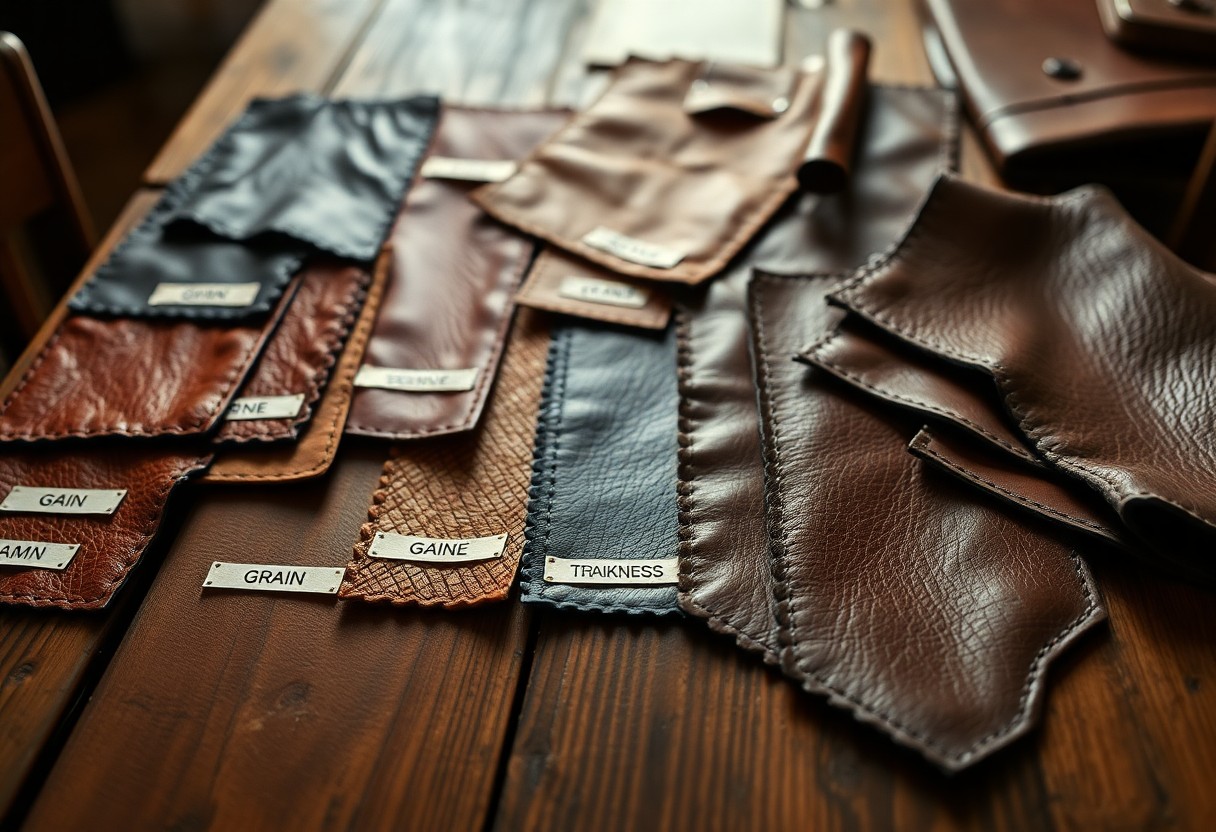
Crucial Factors That Affect Leather Quality
While numerous variables can impact leather quality, the key factors include animal source, hide preservation, tanning process, and finishing techniques. The durability and visual appeal of your leather products are heavily influenced by these elements working together. By understanding these factors, you can make informed selections when choosing leather items that meet your needs.
Assessing Leather Quality Based on Animal Source
One of the most significant determinants of leather quality is the animal source. The qualities of your leather are closely linked to the age, breed, and living conditions of the animal from which it originates. For example, calfskin provides exceptional softness and flexibility compared to the more rugged texture of full-grown cattle hide. Furthermore, exotic leathers such as those from crocodiles offer unique textures and remarkable durability, making them highly desirable in luxury markets.
The Essential Role of the Tanning Process in Leather Quality
The tanning process is crucial as it transforms raw hides into usable leather through various chemical treatments. For instance, chrome tanning results in softer and more flexible leather, while vegetable tanning yields firmer and more natural leather options. The quality of the finished leather product is significantly influenced by the skill and precision involved in the tanning process. Additionally, the duration and temperature control during tanning are vital for ensuring that the leather maintains its integrity. Inconsistencies in this process can lead to weak spots and uneven coloring, while rushed methods may produce leather that deteriorates rapidly.
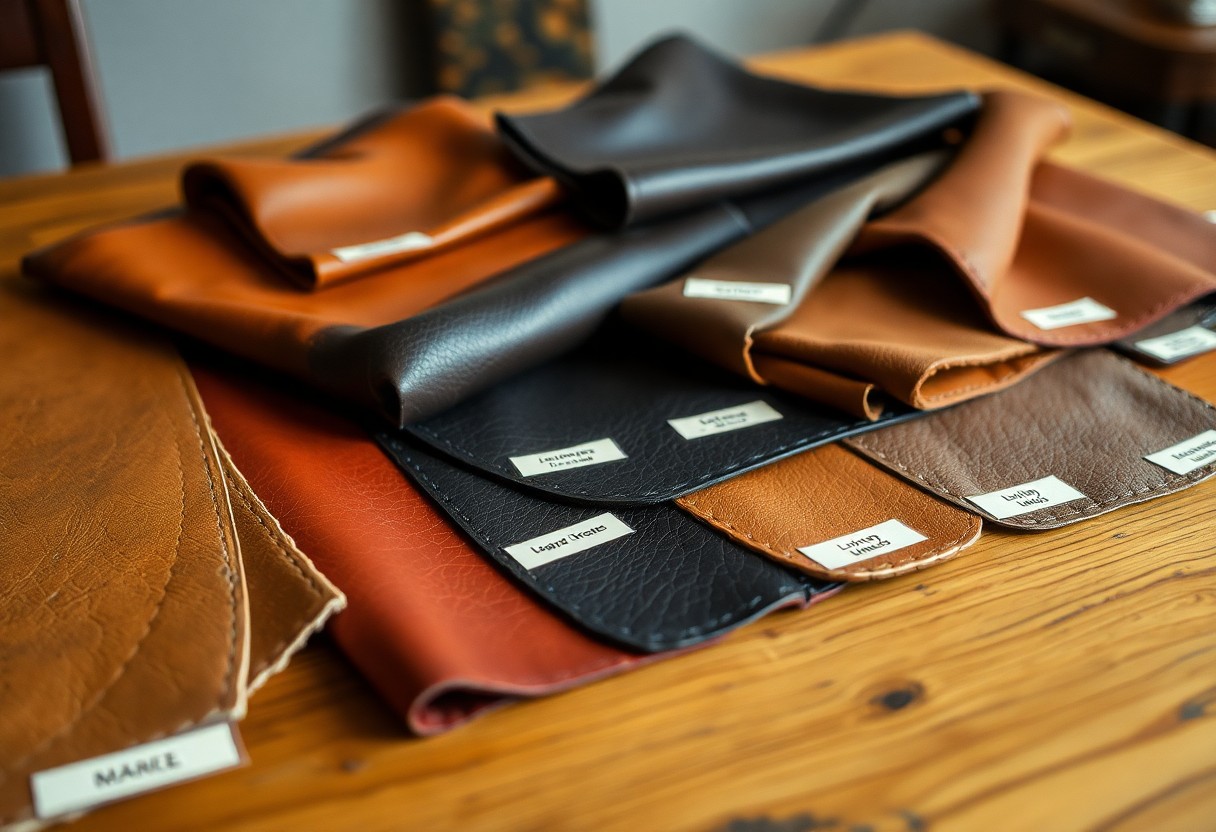
Essential Guidelines for Identifying High-Quality Leather
When assessing leather quality, keep these essential tips in mind. Look for full-grain leather that features a consistent color and minimal surface blemishes. Examine the grain pattern to ensure it appears natural and uniform. Quality leather typically has a pleasant aroma and should feel smooth to the touch. Additionally, the edges should be clean and well-finished. While pricing can often serve as a reliable indicator of quality, it should not be the sole factor in your decision-making process.
Conducting Visual Inspections for Quality Assessment
When it comes to examining leather, small details can lead to significant differences in quality. Look for natural markings and avoid leather that displays artificial grain patterns. Your leather should exhibit a uniform color throughout, free from noticeable discolorations or patches. The surface needs to be clear of excessive scratches or scars, which can compromise both the overall appearance and durability of the material.
Utilizing Physical Testing Techniques to Determine Quality
Quality testing can be performed using straightforward yet effective methods. For instance, bending the leather allows you to evaluate its flexibility; watch for any creasing patterns that may indicate inferior quality. Gently pressing your fingernail into the leather's surface should result in a temporary indentation, a hallmark of genuine leather. The leather should feel smooth and warm to the touch, rather than cold or plastic-like.
It’s crucial to recognize that physical testing can reveal a wealth of information about leather quality. Upon bending high-quality leather, it should not crack or develop white marks. You can also conduct a water drop test to assess authenticity—genuine leather will absorb water temporarily instead of allowing it to pool on the surface. A flame test, which should only be performed by professionals, can also confirm the authenticity of the leather.
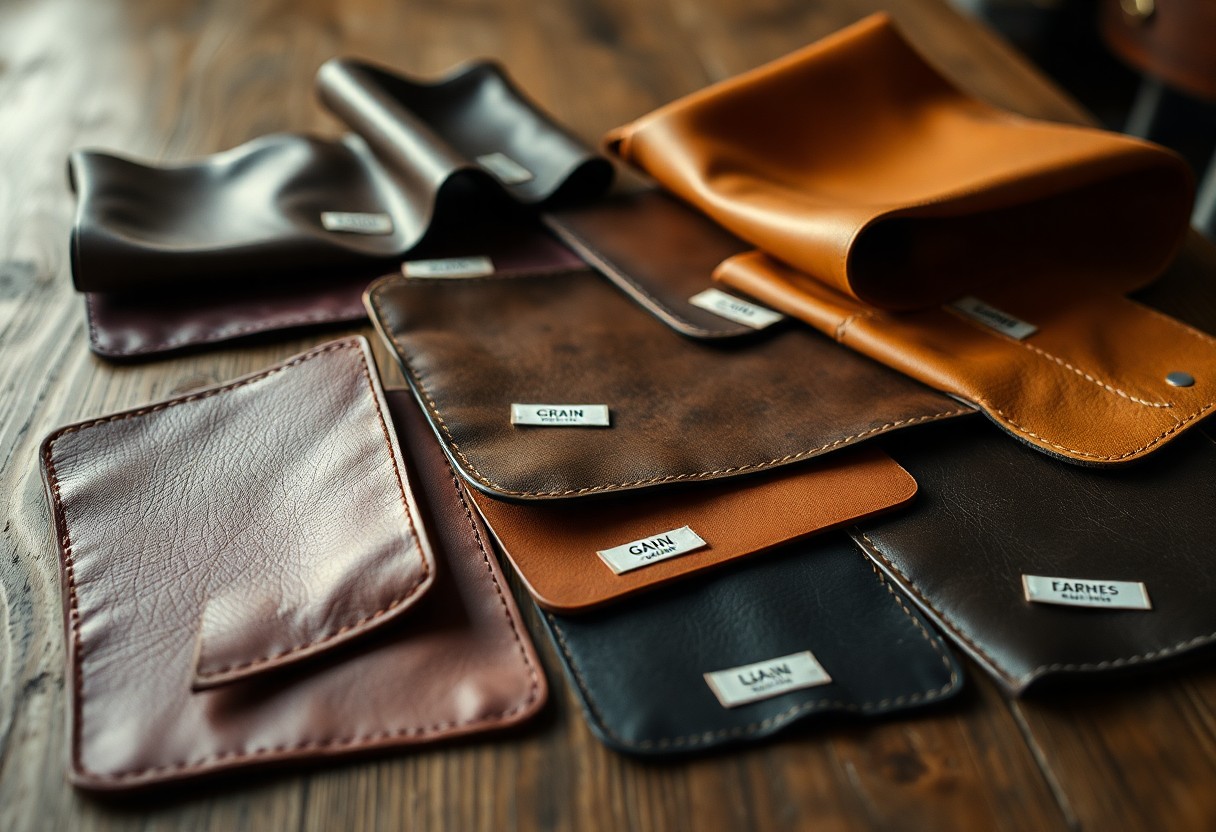
Your Ultimate Step-by-Step Guide to Effective Leather Maintenance
Unlike synthetic materials, leather requires specialized care to maintain its quality and extend its lifespan. Regular maintenance is vital for your leather items to prevent damage and sustain their aesthetic appeal.
| Basic Care | Advanced Care |
| Leather cleaner Soft brush Microfiber cloth |
Leather conditioner Weather protector Leather polish |
Effective Cleaning Techniques for Leather Items
To clean your leather items effectively, start with a dry brush to remove surface dirt. Always test any cleaning product on a small, inconspicuous area first. When applying leather cleaner, use a soft cloth and employ gentle circular motions, ensuring not to soak the leather with excessive water, which could lead to damage.
Protection and Proper Storage Strategies for Leather
When it comes to storing your leather items, careful consideration is essential. Ensure they are kept in a cool, dry place away from direct sunlight to prevent fading. You should apply leather conditioner every 3-6 months to avoid cracking and preserve the leather's natural flexibility.
The success of your leather care routine hinges on consistent application. Protect your items from water damage by utilizing a high-quality waterproofing product. Regular conditioning helps maintain the leather’s natural oils, while proper storage techniques prevent shape distortion and color fading.
Analyzing the Advantages and Disadvantages of Different Leather Types
To facilitate informed decision-making regarding leather products, here’s an in-depth comparison of various leather types and their characteristics. Each type presents distinct advantages and limitations that influence their suitability for different applications.
| Pros | Cons |
|---|---|
| Full-grain leather: unparalleled durability | Higher price point, may show all natural marks |
| Top-grain leather: smooth finish, water-resistant | Not as durable as full-grain options |
| Split leather: affordable and flexible | Lower quality, less durable than others |
| Nubuck: sophisticated appearance, soft texture | Requires frequent maintenance to retain its look |
| Suede: versatile and comfortable | Prone to staining, challenging to clean |
Understanding Durability and Longevity Across Different Leather Types
There is considerable variability in how different leather types age and wear over time. Full-grain leather has the potential to last for decades when maintained properly, whereas split leather may need replacement after just a few years of regular use due to its reduced durability.
Cost Considerations When Selecting Leather
Leather prices can fluctuate significantly based on quality and source. Premium full-grain leather can be 5-10 times more expensive than split leather alternatives, making it crucial to consider your budget alongside your desired quality.
It’s essential to recognize that investing in higher-quality leather often yields better value over time, as these materials maintain their appearance and structural integrity much longer than their lower-quality counterparts.
Tailoring Maintenance Needs to Leather Quality
There is a clear connection between the quality of leather and its maintenance requirements. Top-grain and full-grain leathers typically require less frequent but more specialized care, ensuring that their characteristics and appearance are preserved for an extended period.
Additionally, each leather type necessitates specific cleaning products and techniques. Your maintenance routine should align with the type of leather you own to guarantee optimal preservation and longevity of your investments.
Exploring Common Uses and Applications of Leather
After understanding the various leather types, you’ll find that each variety serves distinct purposes based on its unique properties and durability levels. The choice of leather can significantly influence the performance of the final product, making it essential to pair the right leather with its intended use.
Fashion and Accessories: The Elegance of Leather
In the fashion world, applications range from luxurious high-end goods to everyday essentials. For instance, you’ll find calfskin utilized in premium shoes and handbags, while exotic leathers like crocodile and stingray are featured in exclusive designer pieces. Your leather accessories may include wallets, belts, and watch straps, each crafted from specific leather types to ensure optimal functionality and style.
Furniture and Upholstery: Prioritizing Durability
In the context of furniture, full-grain and top-grain leathers are the most popular selections. Upholstered pieces made from these durable materials can withstand daily use while developing a beautiful patina over time, enhancing their visual appeal.
When selecting leather for your furniture, various factors come into play. You’ll want to consider durability ratings, with full-grain leather capable of lasting up to 25 years when properly cared for. The choice of leather impacts both aesthetic quality and longevity, ensuring that your investment stands the test of time.
Industrial Applications: The Demand for High-Performance Materials
Industrial applications of leather require high-performance materials. You’ll find specialized leather types used in automotive interiors, protective gear, and heavy machinery components, where durability is crucial.
To ensure optimal performance in these industrial contexts, your leather selections must adhere to specific standards. Safety-rated leathers are utilized in protective equipment, while specialized treatments enhance resistance to heat, chemicals, and wear in industrial machinery.
Empower Yourself to Make Informed Leather Selections
With the insights gained from this guide, you are now equipped to make informed decisions about the various types of leather based on your unique requirements. Understanding the characteristics of leather will enable you to choose the ideal material for your footwear. From the versatility of calfskin to the exceptional properties of exotic leathers, you can now evaluate durability, comfort, and style against your specific needs. Each leather type offers distinct advantages, allowing you to align these qualities with your intended use. Whether you’re searching for rugged boots made from cowhide or elegant dress shoes crafted from calfskin, you can confidently select the perfect leather to match your preferences.
Frequently Asked Questions About Leather Types and Their Unique Qualities
Q: How does calfskin differ from full-grown cow leather?
A: Calfskin is sourced from young cattle under one year old, providing a softer, more supple texture with finer pores. In contrast, cow leather originates from adult animals, resulting in a thicker and sturdier material with more pronounced markings. Calfskin is often preferred for high-quality dress shoes, while cow leather is commonly used for work boots and more affordable footwear options.
Q: What makes shell cordovan unique among leather types?
A: Shell cordovan is made from the muscle membrane found beneath the skin of a horse’s rump. This distinctive leather features key traits: it does not crease but instead forms elegant rolls, possesses a dense shiny surface, and is exceptionally durable. The processing of this leather involves turning it inside out, which distinguishes it from conventional leather types.
Q: How do exotic leathers like crocodile and stingray differ in properties and applications?
A: Crocodile leather is soft, flexible, and harvested from the belly and sides of the animal, making it a luxurious choice that often requires CITES certification. Conversely, stingray leather is known for its extraordinary hardness and durability but can be more challenging to work with. Stingray shoes are usually crafted as wholecuts since the material allows for stitching only between its hard “pearls.”
The article Guide to the different types of leather characteristics and uses appeared first on My Shoes Finder
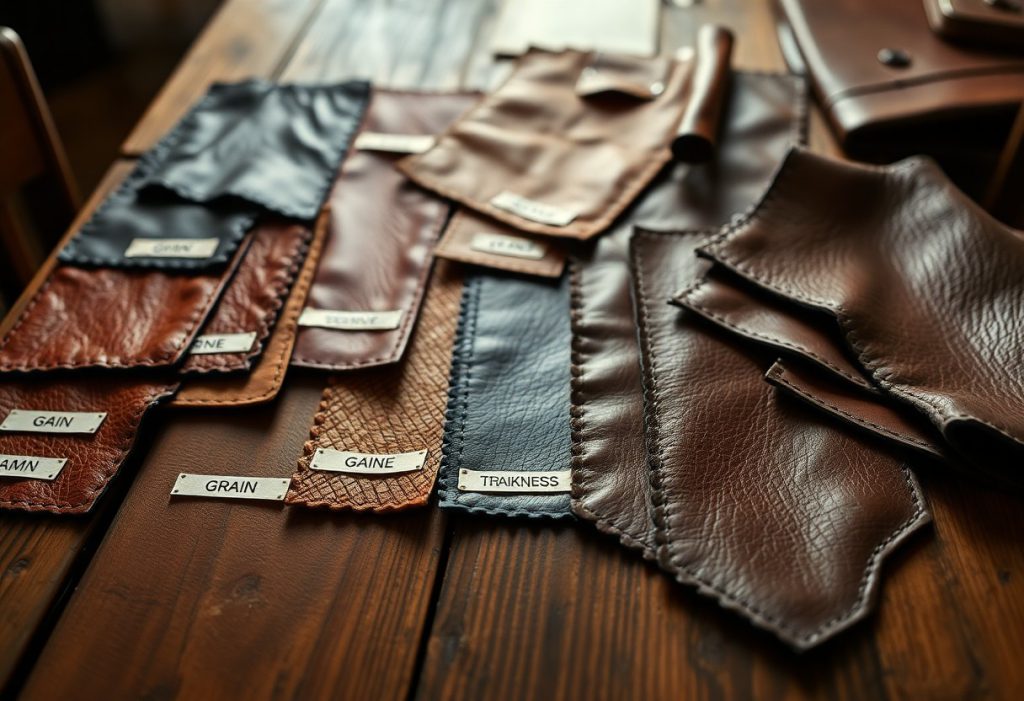
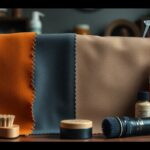
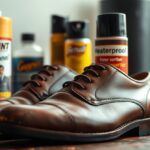

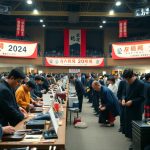
I totally relate to that feeling of being overwhelmed by the sea of leather options out there! It’s fascinating how something as classic as leather can vary so much – I once bought a beautiful full-grain leather bag because I loved the rugged aesthetic, but I had no idea how much the quality would mean in terms of durability. It’s held up so well over the years, even though I’ve tossed it around a bit.
I completely understand that feeling of being overwhelmed by leather options. The variety can be daunting, especially with all the terms like full-grain, top-grain, and so on. It’s interesting how a classic material like leather can evoke such strong preferences and aesthetic choices, right?
I relate to that feeling of being overwhelmed by all the leather options. There’s just so much to consider, from the various types to the different finishes and textures. Each one has its own story and purpose, almost like a chosen character in a narrative. Full-grain and top-grain often come up in discussions, and it’s fascinating how those distinctions can totally change the experience of the item.
Your insights about the diversity of leather types resonate deeply with anyone who values craftsmanship and longevity in their purchases. I often find myself reflecting on how these choices reflect our personal values, especially in a world increasingly leaning toward fast fashion. Selecting high-quality leather not only represents a commitment to durability but also an appreciation for the artistry involved in its production.